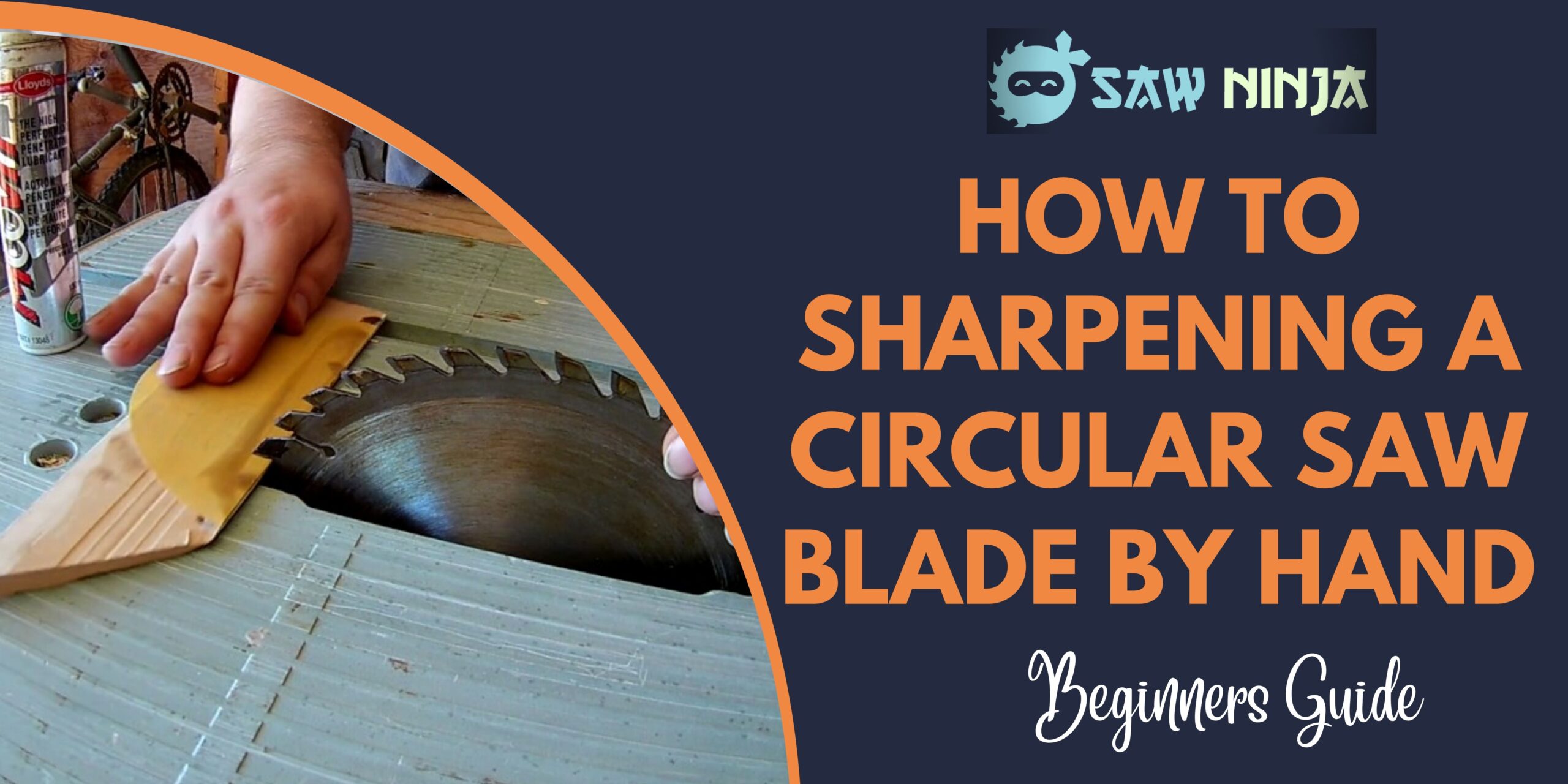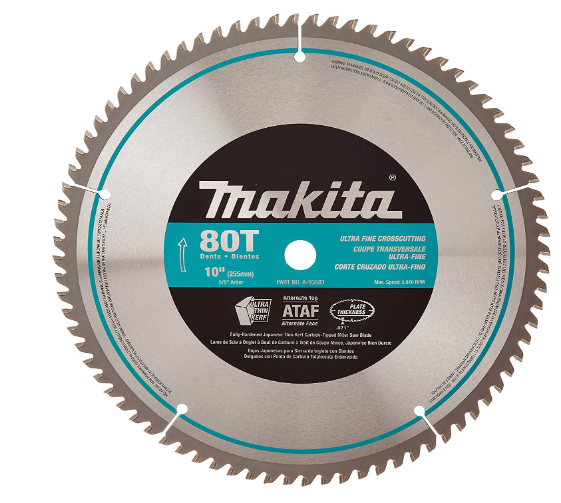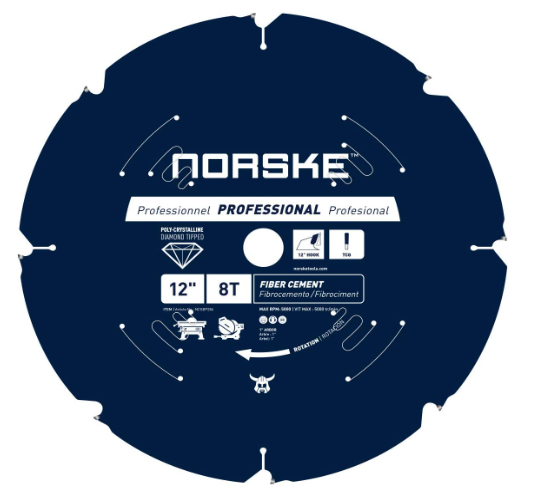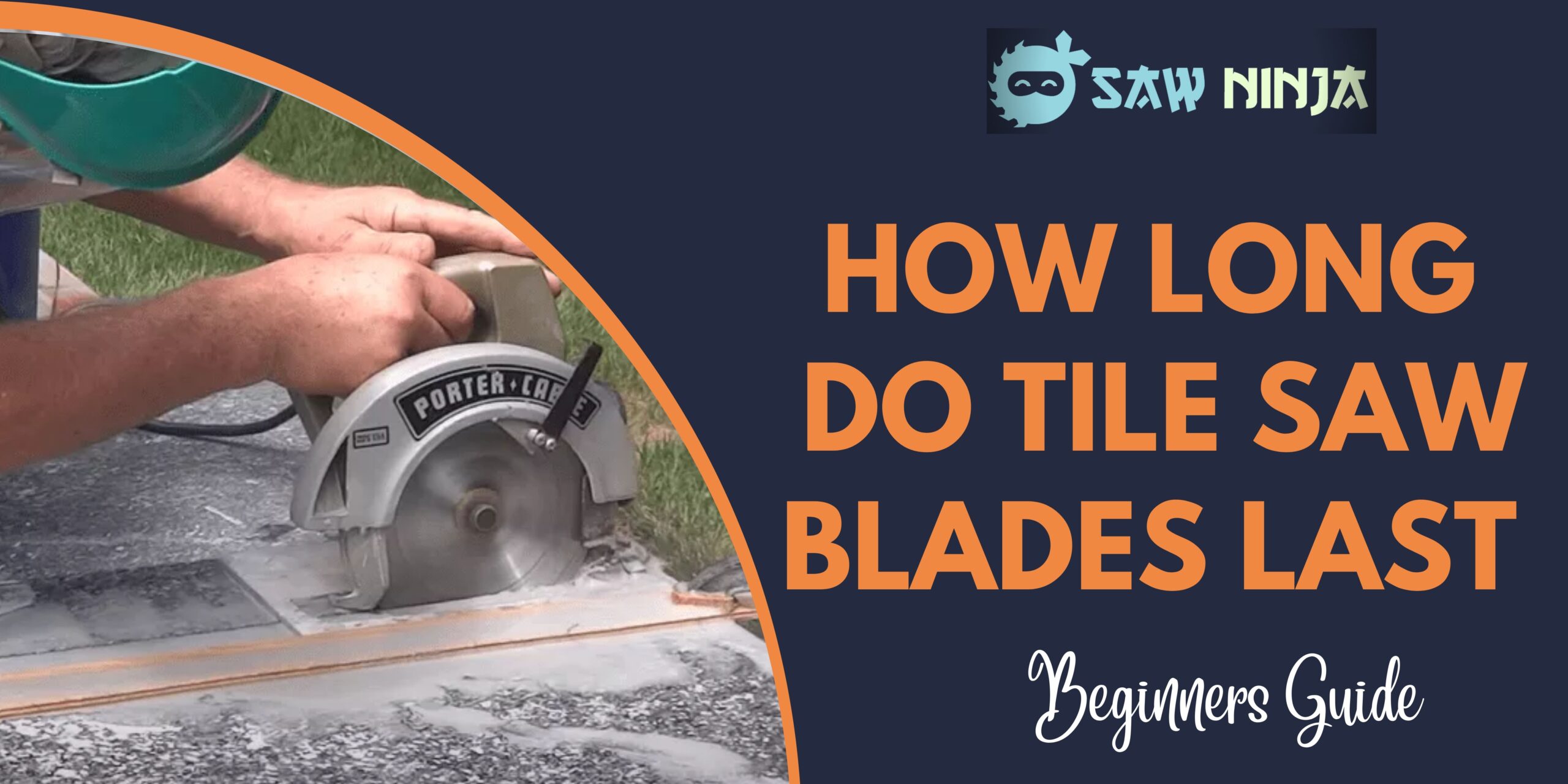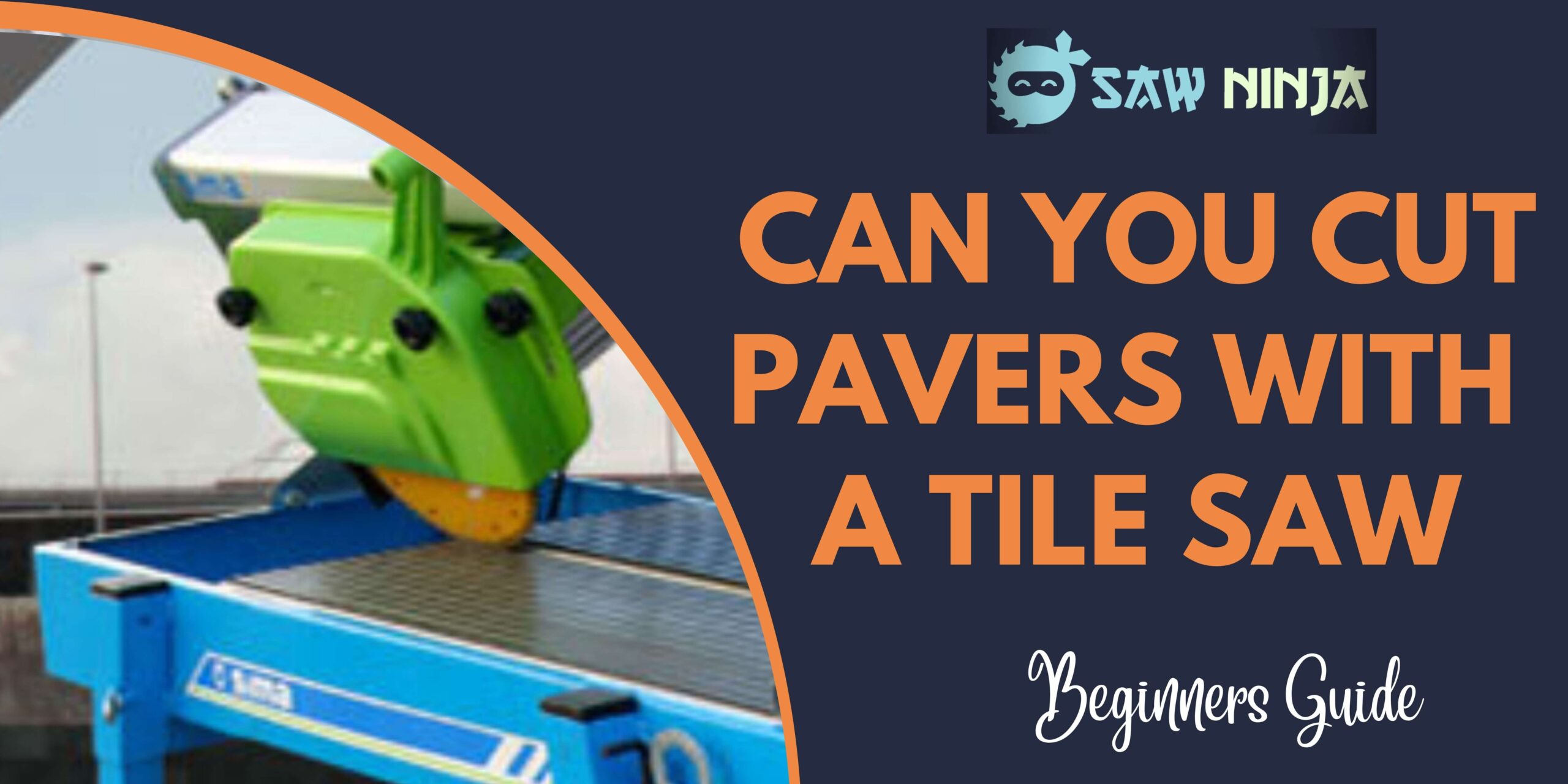A hand saw is a basic type of saw that is still in use today. It has a long, thin blade that is designed to cut through material by pulling the blade towards the user. A circular saw, on the other hand, is a more advanced type of saw that uses a rotating blade to cut through material. Circular saws are ideal for larger projects, while hand saws can be used for smaller projects or detailed work. Which one should you use? Let’s find out.
If you’re working with wood, you’ll need to sharpen your saw blades frequently. Sharpening by hand is a bit of a process , but it’s not difficult once you get the hang of it. You’ll need a file, a clamp, and a few other tools to get started.
Things you will need :
-File
-Clamp
-Protective gloves
-Safety goggles
-Marking pen or pencil
Step by Step Guide How to Sharpening a circular Saw Blade By Hand
- Unplug the saw and remove the blade. Make sure the saw is unplugged before you begin any work on it.
- Clamp the blade in a vise. This will hold the blade steady while you work on it.
- Put on your protective gloves and safety goggles.
- Use a file to sharpen the teeth on the blade. Start with a coarse file and then move to a finer file.
- Draw a line on the blade to indicate where you’ve sharpened it. This will help you keep track of your progress.
- Repeat steps 4 and 5 until all the teeth on the blade are sharpened.
- Reattach the blade to the saw and test it out. Make sure the saw is unplugged before you do this.
And that’s it! Sharpening a circular saw blade by hand is a relatively easy process. Just be sure to take all the necessary safety precautions and you’ll be good to go.
Through, above steps you can easily sharpen your circular saw blade by hand. But it is time-consuming. So, if you want a fast and easy way to sharpen your circular saw blade, you can use a sharpening stone.
Tips :
-Be sure to unplug your saw before beginning any work on the blade.
-Wear safety goggles and gloves to protect yourself from the blade.
-Work slowly and carefully to avoid accidents.
-If your blade is severely damaged, it’s best to replace it.
-Keep your work area clean and free of debris.
-Sharpen your blade regularly to keep it in good condition.
Precautions:
-Never use a damaged or dull blade. This can cause kickback and serious injury.
-Be very careful when sharpening the blade. The teeth are extremely sharp and can cause serious injury.
-Wear safety goggles and gloves to protect yourself from the blade.
-Work slowly and carefully to avoid accidents.
-Keep your work area clean and free of debris.
If you’re using a circular saw regularly, it’s important to keep the blade sharp. A dull blade can cause kickback and make it more difficult to cut through materials. While you can buy a blade sharpener, it’s just as easy sharp blade by hand.
FAQs
Q:How to Sharpen a Circular Saw Blade by Hand?
A:There are two ways that you can sharpen your circular saw blade by hand. The first way is to use a file, and the second way is to use a rotary tool.
Q: Which is the better way to sharpen a circular saw blade by hand, a file or a rotary tool?
A:There is no definitive answer to this question. It really depends on your personal preference and what type of results you are looking for.
Q: What are the benefits of sharpening my own circular saw blade?
A:There are several benefits to sharpening your own circular saw blade. First, it can save you money. Second, it can be a great way to extend the life of your saw blade. Third, it can help you get better results when cutting.
Q: What are the risks of sharpening my own circular saw blade?
A:There are some risks associated with sharpening your own circular saw blade. First, if you are not careful, you can damage the teeth on your saw blade. Second, if you do not use the proper technique, you can create a dangerous situation where the saw blade could kick back and injure you.
Conclusion:
Sharpening your own circular saw blade can be a great way to save money and extend the life of your saw blade. However, there are some risks associated with this process. Be sure to use the proper technique and be very careful when sharpening your saw blade.
So, there you have it! A few things to keep in mind when sharpening your own circular saw blade by hand. Be sure to use the proper technique, be very careful, and if you have any questions, consult with a professional before beginning. Thanks for reading!
>>>>

